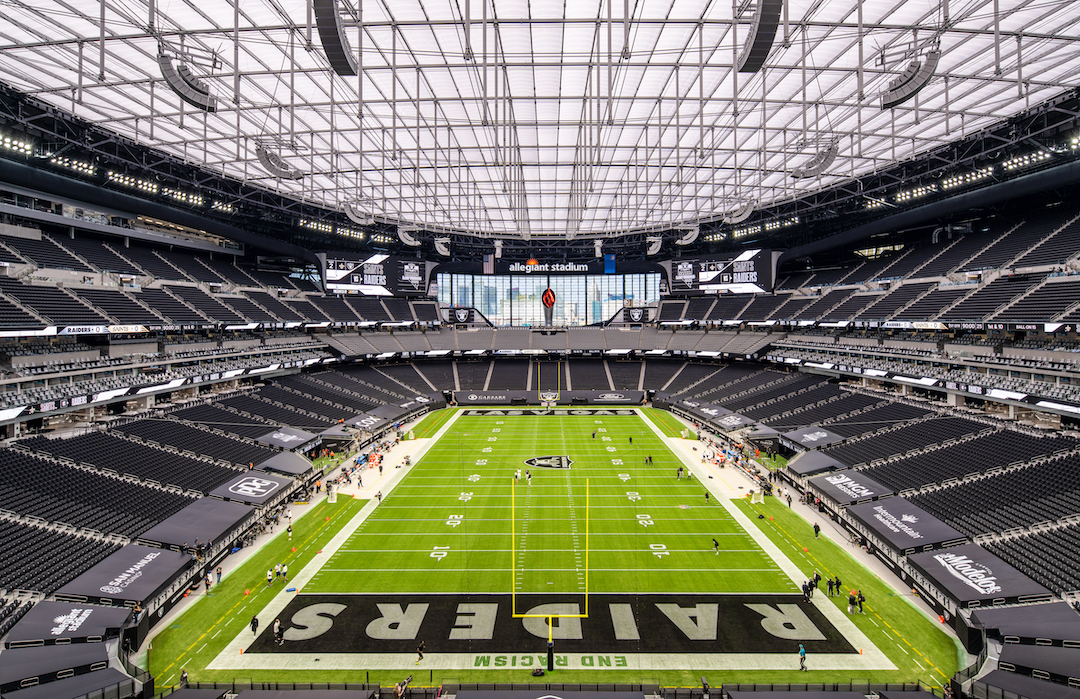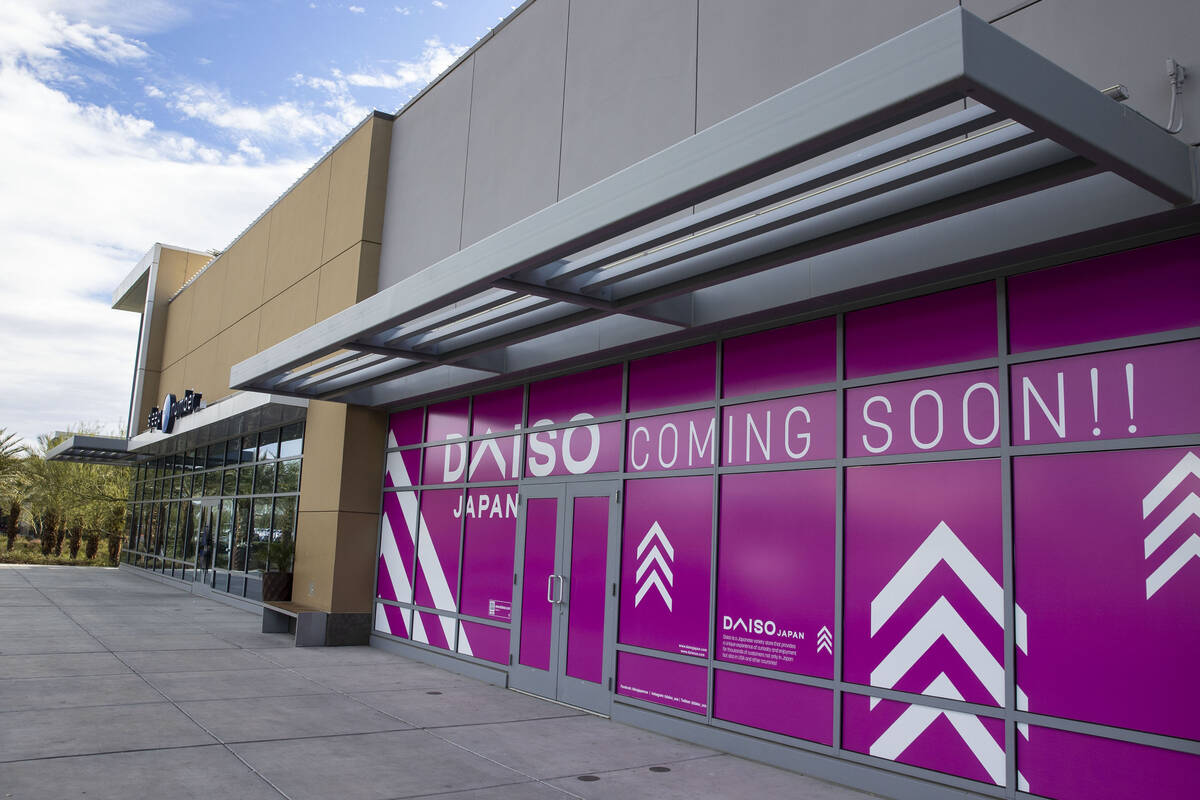Steve Marcus
A worker walks on the roof of an apartment complex under construction on Tropicana Avenue and 215 Beltway.
Tuesday, May 11, 2021 | 2 a.m
Nevada is in the middle of a climate crisis. Las Vegas is the fastest warming city in the country. Ozone pollution is the ninth worst in the nation. In 2012, the public health impact of air pollution cost Nevadans nearly $ 1 billion. In 2017, around 147 people died from the heat in Las Vegas, and heatwave temperatures continue to rise. We are also in the middle of a 21 year drought that experts in and outside Nevada have recognized is made worse by climate change.
Forecasters predict Lake Mead levels will drop below 1,075 feet before the end of this summer, leading to cuts as part of Congressional 2019 Drought Contingency Plan. And models predict this will only get worse.
Unfortunately, the Southern Nevada Economic Development and Conservation Act (SNEDCA), backed by the entire Nevada federal delegation, will only exacerbate these and other effects by proposing to increase Las Vegas’ growth limit by 40,000 acres (roughly the size of Washington, DC). will accommodate more than 3 million people by 2060.
This sprawling suburban sprawl will result in more cars, more traffic jams, and more fossil fuel burned to heat and operate. This leads to more carbon emissions and air pollution, higher temperatures in the urban core and a higher demand for a reduction in water supply. Everyone in the region would suffer from deteriorating heat, pollution, congestion and water scarcity. Color communities would suffer more from air pollution due to their proximity to highways. Your neighborhoods would be hotter because they have less shade and fewer trees – a legacy of redlining. Families struggling to make ends meet would face ever higher climate and water bills.
For most people in southern Nevada, SNEDCA would make life worse, not better.
To be fair, this bill contains worthy conservation proposals that deserve the approval of Congress. These include planned wilderness at the Desert National Wildlife Refuge and elsewhere in the county, expanding the Red Rock National Conservation Area, and returning land to the Moapa Band of Paiutes. The designations will protect existing wildlife habitats from future threats and protect their ability to sequester carbon and provide other vital ecosystem services while protecting local wildlife and providing recreational opportunities.
However, none of these safeguards would offset the net increases in carbon emissions, pollution, heat or water scarcity from the large parts of this bill. SNEDCA would only make life for millions of people hotter, drier, more polluted and less healthy. But it doesn’t have to be that way.
Sensible and promising solutions have been proposed to deal with these crises. In December, Governor Steve Sisolak published the Nevada State Climate Strategy, which proposes guidelines and initiatives to help Nevada meet its clean energy and carbon reduction goals. All-In Clark County is developing sustainable recommendations to improve the quality of life, conserve natural resources and diversify our economy while meeting Nevada’s goals of reducing greenhouse gas emissions by 100% by 2050.
Finally, President Joe Biden’s January 27th Executive Ordinance suggests taking a government-wide approach to tackling the climate crisis while ensuring environmental justice. SNEDCA, as written, is a missed opportunity to join these encouraging proposals for addressing the climate and environmental justice crisis in Nevada. If it went into effect, it would move Nevada backwards in climate action while selling public land for development investors to benefit, as well as those who can afford the more expensive homes beyond the outskirts. This calculation is intended to be the blueprint for the next 50 years of development. However, UN scientists say the world has less than 10 years to get climate change under control. We can no longer pursue such unsustainable and dangerous urban sprawl. Now is the time to change the way we build and grow.
We urge our entire federal delegation to lift the expanded disposal limit proposed in SNEDCA and to work with state, county, federal and community leaders to create a future that benefits all residents of the Las Vegas Valley. A sustainable urban environment would bring a noticeable climate relief in the form of infill and intelligent urban design using materials that reduce urban heat. This includes transportation infrastructure that reduces the need for more cars, eliminates carbon dioxide and other toxic emissions, and improves people’s access to economic opportunity. Nothing in these suggestions prevents investors from taking advantage of it.
We have the opportunity to create a climate resilient Las Vegas Valley while supporting a vibrant, diversified economy and enviable quality of life. However, we cannot do this while continuing the toxic and unjust development practices that have led us to a rapidly warming valley with little water. There are many exciting technologies, promising policy solutions, and leaders at local, state and federal levels ready to get to work building the communities we need and future generations deserve. We know that if we continue to expand in the same way as we did in the past, we will not have a habitable and sustainable future. This is exactly what SNEDCA has planned for us. Members of the Nevada Congressional Delegation worked to protect our public land and combat climate change. We look forward to working with you to create a bill that will protect Nevada’s special places and avoid more urban sprawl and greenhouse gas emissions. Because we can and must do better.
Brian Beffort is director of the Toiyabe Chapter of the Sierra Club.













